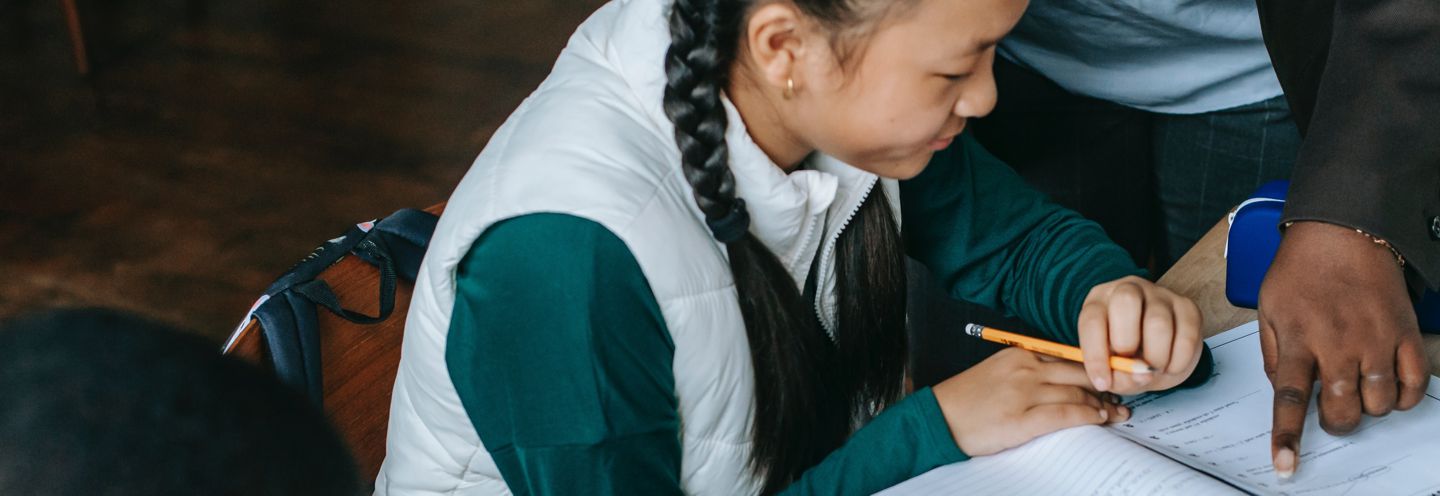Teacher Resources | 25 Results

You can start by asking the person who shared it to take it down or stop sharing it. Kids report that this works more often than not!Ask the service or platform where it was shared to take it down.

This parent guide provides information about cyberbullying, and includes practical tips on how to help prevent or reduce the impact of cyberbullying, what you should do if your child is targeted or

In this lesson, students discuss reasons why they might be reluctant to intervene when they witness cyberbullying and identify ways that they can help without making things worse. They then use the

Because of the ways that digital media leave out many of the cues that prompt us to feel empathy, it is easy for young people to sometimes forget that real people – with real feelings – are at the

How witnesses react can make a BIG difference in stopping cyberbullying and making it hurt less. It can be hard speaking out when cyberbullying happens for a whole pile of reasons, but what you

For most youth, the Internet is all about socializing and while most of these social interactions are positive, increasing numbers of kids are using the technology to intimidate and harass others – a

In this lesson, students learn about ways to manage their privacy and reputation online by exploring their digital presence and to make good choices about sharing other people’s content online.

The Raising Digitally Resilient Kids parent workshop outlines how parents and guardians can support children’s well-being and help them balance the risks and benefits of digital media. Based on

Before you react, ask yourself: Am I letting things go because I'm worried about making things worse for the person being targeted? Some things we do when we witness cyberbullying – even when we'

This lesson plan explores the relationship between technology and the law by examining how the criminal law responds to technologically facilitated violence (TFV). Not only will it enhance students’

